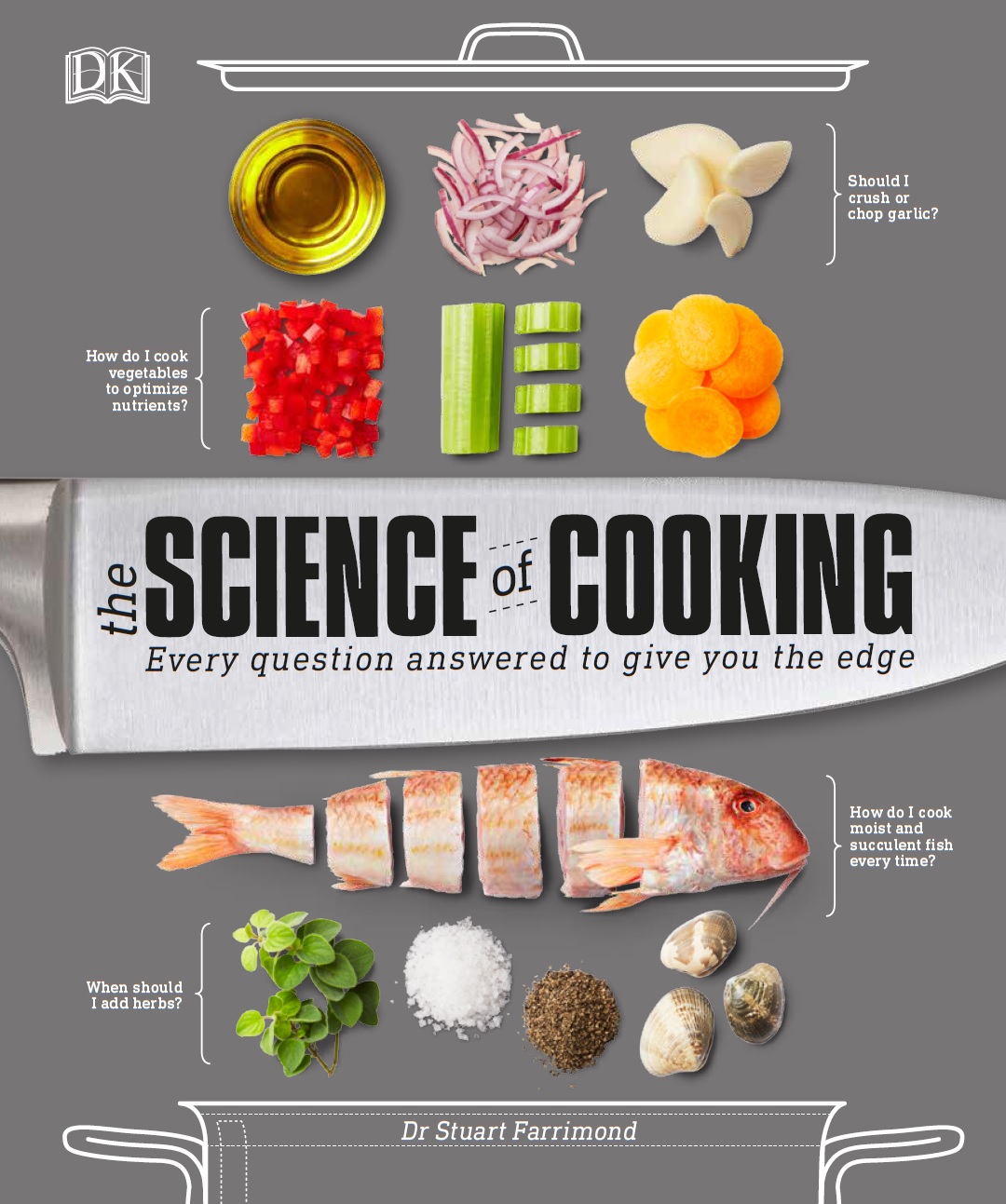“If there is a doctor on board, please could you ring your call button”
The dreaded call came: It was three in the morning, we were two hours into a flight back from New York and my wife had just slipped into a deep sleep .It had hardly been a straight-forward flight back; we were already on the second plane after the first developed a serious ‘hydraulic failure’ resulting in an unscheduled landing.
After managing to spill most of the ‘complementary’ McDonald’s meal (a large burger, fries and a McFlurry) down my trousers that I had picked up whilst waiting for our replacement plane I was taking my first sip of a complementary whisky when the announcement went out. I had hoped the scotch would guarantee me a good sleep; as it happened a long night was in store.
Second Thoughts
Perhaps it was the smell of liquor or maybe it was the dream of being a hero (I had just been watching back-to-back episodes of hospital drama ‘House’) because I was surprised at how quickly my finger launched upwards to the stewardess call button.
“Are you a doctor?” the stewardess asked when she arrived moments later.
“Well yes” I replied then tried to explain, in a rather British and rambling way that yes, I was a medically trained doctor – registered with the General Medical Council – but was working as a lecturer. I politely told her that the terms of my medical registration was that I could help in ‘Good Samaritan’ acts, such as these.
Maybe something got lost in translation as it made no difference. She looked at me as if I had just spoken jibberish.
“What sort of doctor are you? Are you a medical doctor?”
“Well, yes I am a medical doctor” (thinking – Oh Lordy, have I bitten off more than I can chew here?)
“Good! Could you come this way please?”
With a sense of self-importance I followed the stewardess toward first class.
Then the memories started flooding back: Memories of long night shifts working on the wards – being paged to tend to dying patients and trying to make sensible decisions in a sleep-deprived stupor. Some things however get beaten into you at medical school. “Remember the basics”, I told myself. “Look after the Airway, Breathing then Circulation” – Oh please I hope I can keep them alive! I started to muse: What were my emergency tracheotomy skills with a biro like at 40,000ft? (I’m sure I remember them doing that in an episode of Casualty once)
I was greeted by a woman in her late fifties, clearly in significant pain, oxygen mask strapped to her face. I was relieved that there was also an English paramedic onboard, and like all good paramedics – he was there before the doctor and doing all the sensible basic things I probably would have forgotten (getting a history and taking pulse, blood pressure, etc) I was also relieved that the lady in distress was also English: there would be no difficult language barriers or problems understanding weird US drug names. She had a medication list that ran over several pages and a list of problems that took her partner a good ten minutes to explain but thankfully decision-making was fairly straight-forward.
When all was said and done, we decided to not do anything drastic. Pain-killers, sickness medication, sips of water and rest. What is called in the business (rather grandly) “conservative management”. I even took the time to complete some comprehensive and copious notes of my examination and diagnosis - Dr House would have been proud!
So, feeling rather pleased with myself, and clutching two rather nice bottles of red wine (gifts of the cabin crew – for consumption later!) I proudly swaggered back to cattle class. My wife now awake and thinking I had been stuck in the toilet…
Would You Survive?
A few nights ago I had been indulging in telling this, my now favourite story, and embellishing the story where necessary to some good friends. We mused: How often do things like this happen? How often is there a doctor on the flight?
Well, I have since adorned my geek hat on and researched some of the data. According to British Airways, medical emergencies are pretty rare (1 in every 11,000 passengers) and when they do occur they are nearly always handled by the cabin crew (70%). Most up to date research shows that collapse (‘syncope’) is the most common medical emergency (Sand, et al, 2009). However British Airways insist that the vast majority of the medical problems they face are ‘gut related’ (perhaps something to do with the food?):
Source: BMJ 2000 Nov 321(7272) 1336-7, Fig 1
Worth it for the gifts!
The airline was kind enough to send me a large number of free air miles as a form of reimbursement for my troubles. “Great!” my friends said “If you fly enough, you might never have to pay for your flights ever again – just keep tending to medical emergencies”
Even my mother-in-law has since suggested that we could perhaps ‘make’ someone ill. “A sure-fire way to guarantee some free flights”! I think I’ll pass on that particular piece of advice…
Based on the stats, even if someone were to fall ill on another plane I can’t bank on being the most qualified on board.
According to the most recent UK census, there is one doctor per 440 members of the population. So, on a trans-Atlantic flight (of say 300 to 400 people), and not including nurses or other medically trained professionals there’s a fair chance that at least one of them will be qualified to help. Perhaps that’s why airlines don’t employ doctors to fly – it’s cheaper to rely on us members of the public: We schmucks are easily placated by bottles of wine, flight upgrades and the satisfying warm feeling deep down inside (or was that the food)?
References:
Dowdall N. “Is there a doctor on the aircraft?” Top 10 in-flight medical emergencies. BMJ. 2000 Nov 25;321(7272):1336-7 (read it online at: http://www.ncbi.nlm.nih.gov/pmc/articles/PMC1119071/)
Sand M, Bechara FG, Sand D, Mann B. Surgical and medical emergencies on board European aircraft: a retrospective study of 10189 cases. Crit Care. 2009;13:R3 (read it online at: http://www.ncbi.nlm.nih.gov/pmc/articles/PMC2688113/)
(see a great map of stats at: http://adsoftheworld.com/media/print/doctors_of_the_world_netherlands_perspective?size=_original)









Well done Stu, I’m glad that the conservative measures worked and that the poor lady was able to be sorted out in hospital. Bic biros, coat hangers and plastic airline cutlery are not something you’d like to use at 30,000 ft to perform a Laparotomy!
Keep blogging Doc
Posted by Bethinks | September 2, 2010, 1:12 pm